French sculptor, Auguste Rodin (1840-1917), brought sculpture out of the doldrums and gave it a surface energy never seen before. For Rodin, it is the surface that expresses the results of internal and external forces. I appreciated this when I visited the Musée Rodin in Paris and saw the freshness of terracotta and plaster casts formed and moulded by Rodin’s fingers and thumbs. This made me think about what may have been ‘lost’ in the process of casting them in bronze after his death.
The representation of the human body in nineteenth-century European art changed and evolved according to shifting political ideologies, attitudes to sexuality, gender roles and social values. French artists were at the forefront of this artistic revolution, and at the end of the nineteenth century, Auguste Rodin’s progressive sculptural masterpieces forced the human body into the spotlight by applying impressionistic and expressionistic techniques in an uninhibited way. He revered the making process: the act of manipulation that gives meaning to the surface.
The recent ‘surfacing’ of Rodin’s energetic ‘Man with snake’, which hasn’t been seen for a century, is indicative of his obsession with the human body. The idea of capturing the human body in motion was of great importance to Rodin, and it not only links him with Masters such as Michelangelo, but also with his contemporaries: the French Impressionist painters and their determination to convey the play of light on textured surfaces. Rodin rejected the highly polished sculptures and idealised aesthetic standards of previous generations of sculptors. Instead, he represented the human body as he ‘saw’ it. He described sculpture as “the art of hollows and mounds, not of smoothness, or even polished planes.”
A confronting example is his famous sculptural work, Iris, the Messenger of the Gods (c.1895, below); perhaps the headless body of the Greek goddess, Iris (according to Greek mythology she was the link between the world of men and the world of the gods),which focusses on female genitalia, suggests Rodin’s opinion of female intellect and sexuality, particularly as his masculine masterpieces, such as The Thinker, fused the intellect with the physical to make mind and body one.
But nakedness was not necessarily the most important element of Rodin’s sculptures. In Burghers of Calais (1884-1889; featured image), the draped bodies of the bedraggled-looking, life-size burghers on their walk to sacrifice, embody a poignant study in pathos … at eye-level, and not separated from the viewer’s space on a pedestal. On the other hand, Rodin’s cloaked Monument to Balzac (1898; below), one of his late-career sculptures, is placed on a pedestal, and he hides the body of French writer, Honoré de Balzac (1799–1850) beneath his dressing-gown (some say it’s a monk’s habit) that he chose to wear when writing; as such, he forces the viewer’s eye to travel up the body to the head. What Rodin finally produced in 1898, after seven years of labour, was a revolutionary monument. Stripped of the writer’s usual attributes—his writing materials—Rodin’s Balzac is not so much a portrait, but a powerful evocation of the subject’s intellect, as his head is the only visible part of his body. The sculpture embodies Rodin’s conceptual style by conveying Balzac’s creative genius through psychological realism at the expense of physical realism. Even though the acclaimed writer was a short, stocky man, Rodin has created a tall figure, perhaps intending the viewer to perceive Balzac as a visionary who stands intellectually tall. The dramatic upward and backward thrust of the neck, the massive head, the empty cavernous eye-sockets and the great jaw suggest the writer’s powerful literary influence. The vigorous modelling of the hair and facial features may indicate that Rodin has captured Balzac’s mind conceiving something brilliant to write!
This innovative monument to France’s literary hero of Realism caused such an outrage when it was unveiled in 1898 that the commission was cancelled and the sculpture was rejected by the Paris Salon. Rodin never saw his monument of Balzac cast in bronze.
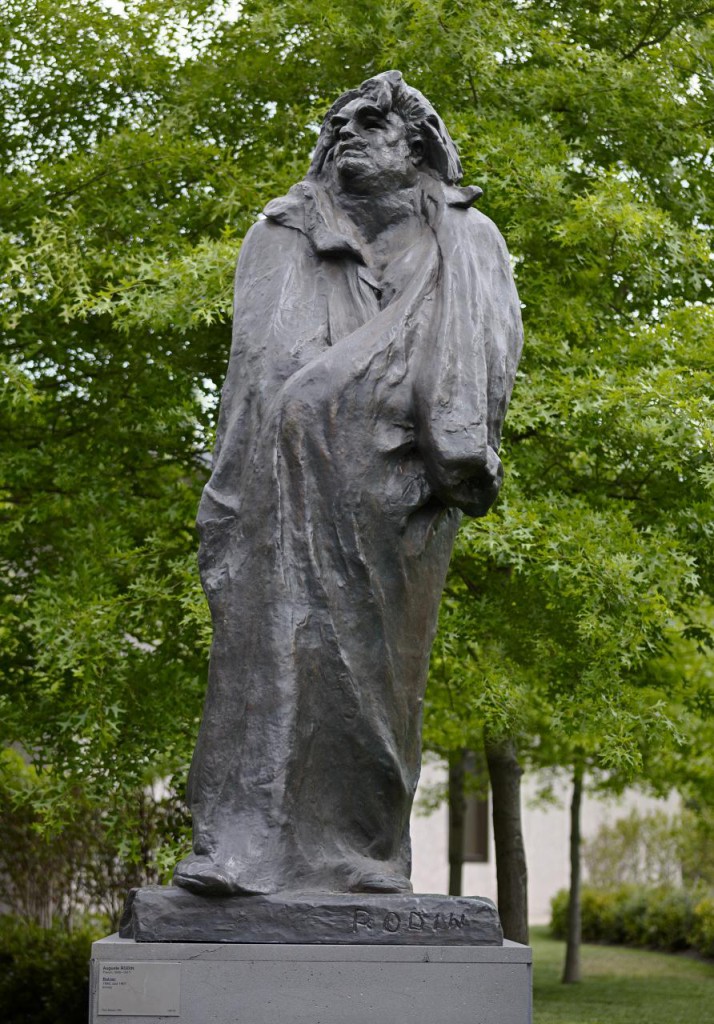
Auguste Rodin, ‘Monument to Balzac’, 1898, cast 1967, bronze, 422.2 x 123.5 x 306.0 cm (overall), National Gallery of Victoria, Melbourne
Set on a plinth in the Grimwade Gardens of the National Gallery of Victoria, and left to weather naturally, Rodin’s Balzac (this is the last of the six casts produced between 1939 and 1967) has a strong presence, even though it wasn’t cast in Rodin’s lifetime. Can the legitimate posthumous bronze casts of Rodin’s original models be regarded as lacking authenticity because the casting has not been monitored by the artist? Although you have Rodin’s form, you don’t have Rodin’s surface, his touch being eliminated. For many art historians, this means you can never have a real ‘Rodin’. I don’t doubt that the bronze casts of Balzac would have followed strict guidelines to ensure that the original plaster model was not altered, and it was nineteenth-century practice to delegate the execution of the casting to specialised foundry men. Limited casts were legally agreed to after Rodin’s death, which establishes rarity, and careful monitoring ensures good quality. However, there has been criticism of the number of bronze casts that were created after Rodin’s death. All patinas are applied using the same chemicals and techniques of the lifetime works—but, the final surface aesthetic is not by Rodin.
Accordingly, many would argue that Rodin’s achievements are limited to the drawings, clays and plasters that exhibit his extraordinary command of the materials, and through which he developed an aesthetic of movement and sensuality. There will always be debate regarding the intrinsic value of a work of art that has not been finished by the artist’s ‘hand’. Food for thought!

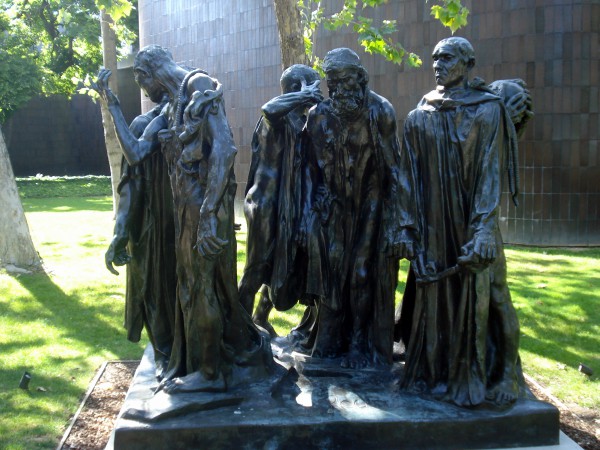
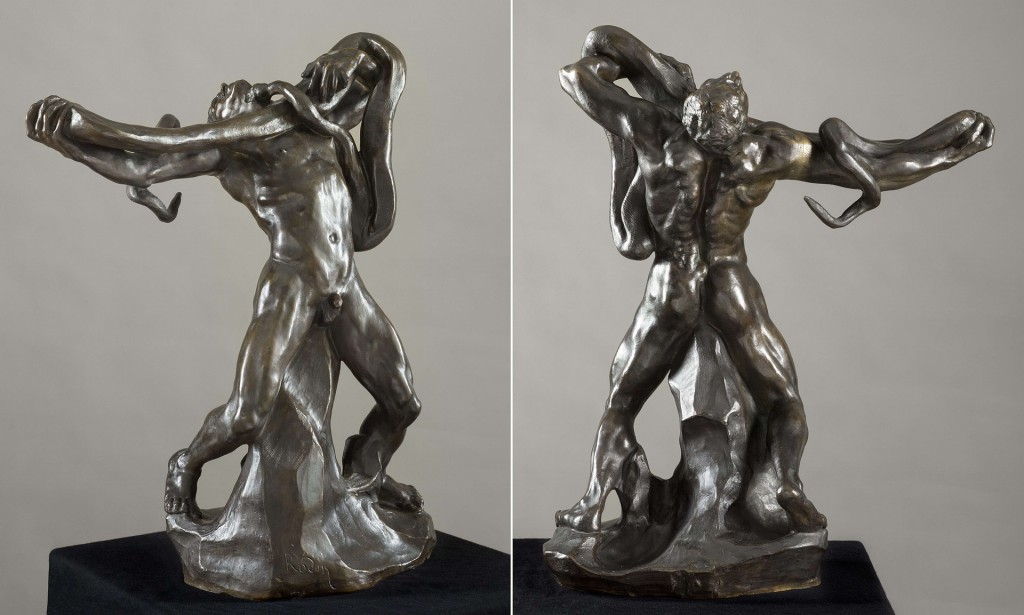
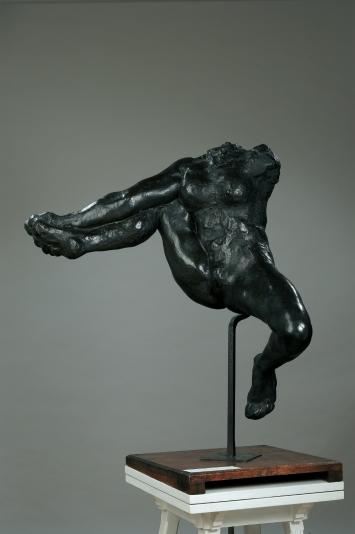
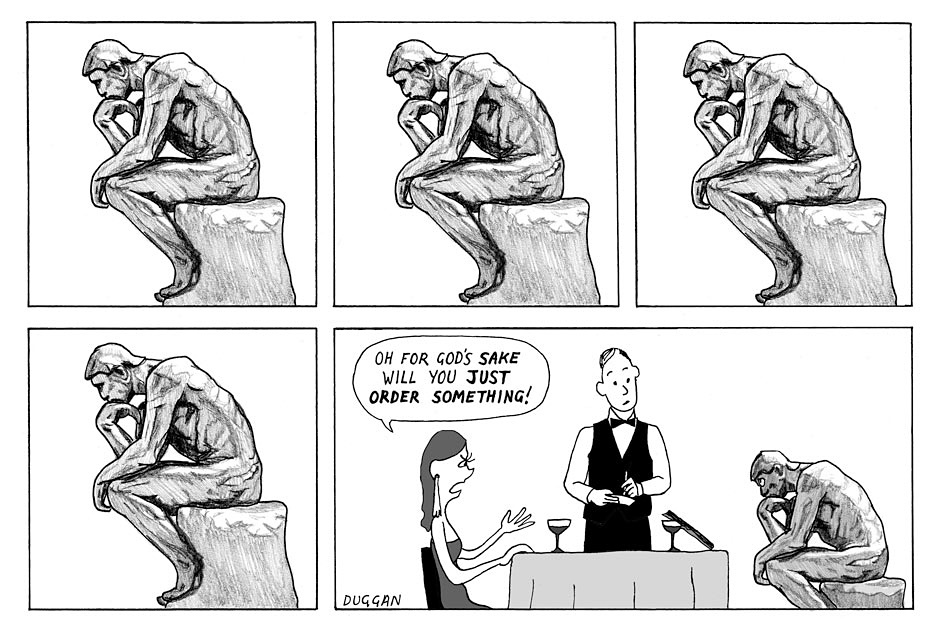




Hi Denise, I very much enjoyed reading your thoughts on the divide between the original work of the artist and subsequent posthumous castings and find them very valid. On the positive side though, enjoying the majesty of Rodin’s work is definitely made possible for many merely by being in the presence of castings such as the NGV’s ‘Balzac’. Cheers!
Lovely to hear from you Pam! And I absolutely agree with you re the enjoyment we get from sitting and looking up at NGV’s ‘Balzac’. May see you there one day!